Gasoline spills evaporate quickly at room temperature, creating a significant fire risk as the vapors can ignite rapidly and stay hazardous until fully evaporated, which may take hours. Immediate cleanup and proper ventilation are essential to mitigate this risk. Homeowners often find such spills alarming due to the strong odor and warning labels.
This discussion aims to outline the fire risks of spilled gasoline and offer safety advice for homeowners and emergency responders.
Is Gasoline Flammable?
Gasoline is essentially a mix of volatile hydrocarbons that begins to vaporize at temperatures as low as 45°F. At room temperature, it starts to turn into vapor immediately upon spilling. When the concentration of this vapor in the air hits between 1.4% and 7.6%, it can ignite explosively.
The flashpoint of gasoline, the lowest temperature at which it can vaporize to form an ignitable mixture with air, usually ranges from -45°F to 25°F. This characteristic helps explain why it can catch fire so readily under certain conditions.
How Long Does Gasoline Remain Flammable After a Spill?
When gasoline is spilled, it quickly undergoes several stages that impact its potential to ignite:
- Immediate Release (0 to 30 seconds): Upon contact with the ground, gasoline rapidly vaporizes when exposed to air. This vapor can disperse swiftly in well-ventilated areas, lowering the risk of ignition.
- Vapor Dispersal (30 seconds to 2 minutes): As vaporization continues, an invisible, potentially explosive cloud forms. The risk depends on whether the vapor reaches a critical concentration before dispersing safely.
- Vapor Ignition (2 minutes to 5 minutes): During this phase, the vapor could ignite from a spark, flame, or hot surface, leading to rapid fire spread. Effective management of the spill reduces this risk.
- Aftermath (5 minutes and longer): Without ignition, the vaporization and dispersal process continues until complete evaporation, which could take hours to days, depending on the environment.
What Are the Key Factors Influencing the Flammability of Spilled Gasoline?
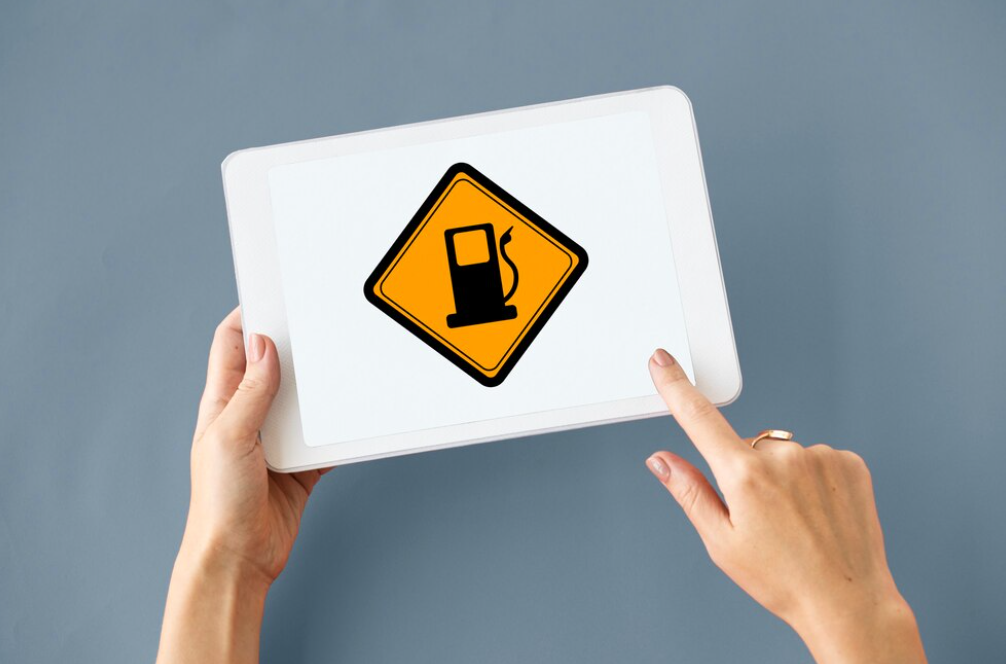
The risk of igniting spilled gasoline varies with environmental and physical factors crucial for accident prevention. Poor ventilation in enclosed spaces increases risk by trapping vapors, while open areas with strong airflow facilitate vapor dissipation, reducing ignition chances. Higher temperatures accelerate vaporization, heightening risks, whereas different surfaces affect how long the risk lasts—porous materials extend it, while non-porous ones reduce it. Finally, humidity levels influence flammability; higher humidity decreases risks by limiting vapor concentration, while lower humidity increases them by fostering explosive mixtures.
What Are the Safety Tips and Best Practices for Handling Gasoline Spills?
Understanding gasoline spill risks is crucial for safety:
- Personal Protective Equipment (PPE): Wear safety glasses, gloves, and protective clothing to avoid exposure to vapors and direct skin contact.
- Avoiding Ignition Sources: Eliminate potential ignition sources such as cigarettes or open flames immediately.
- Proper Cleanup Methods: Utilize absorbents like cat litter or spill kits and dispose of them properly to avert secondary ignition from vapors.
- Early Detection Systems: Set up gas detectors in areas like garages to catch dangerous vapor levels promptly.
- Ventilation and Neutralization: Enhance ventilation by opening windows and doors during a spill and use neutralizers like baking soda to reduce flammability.
How Long Does Spilled Gasoline Remain Flammable on Concrete?
The flammability of gasoline on concrete is affected by temperature, air flow, and sunlight, which accelerate evaporation. Ignition risk begins soon after a spill and lasts until complete evaporation, often taking hours. Concrete’s non-porous nature speeds up evaporation, shortening the flammability period compared to absorbent materials. Quick cleanup is vital to lower risks.
How Long Does the Smell of Spilled Gasoline Last?
The longevity of a gasoline smell following a spill is shaped by the volume of the spill, air flow, temperature, and porosity of the surface. In well-ventilated spaces, the odor might fade within hours, but it can remain for days on more porous surfaces. Effective cleaning, good ventilation, and the use of odor-neutralizers can help eliminate the smell faster.
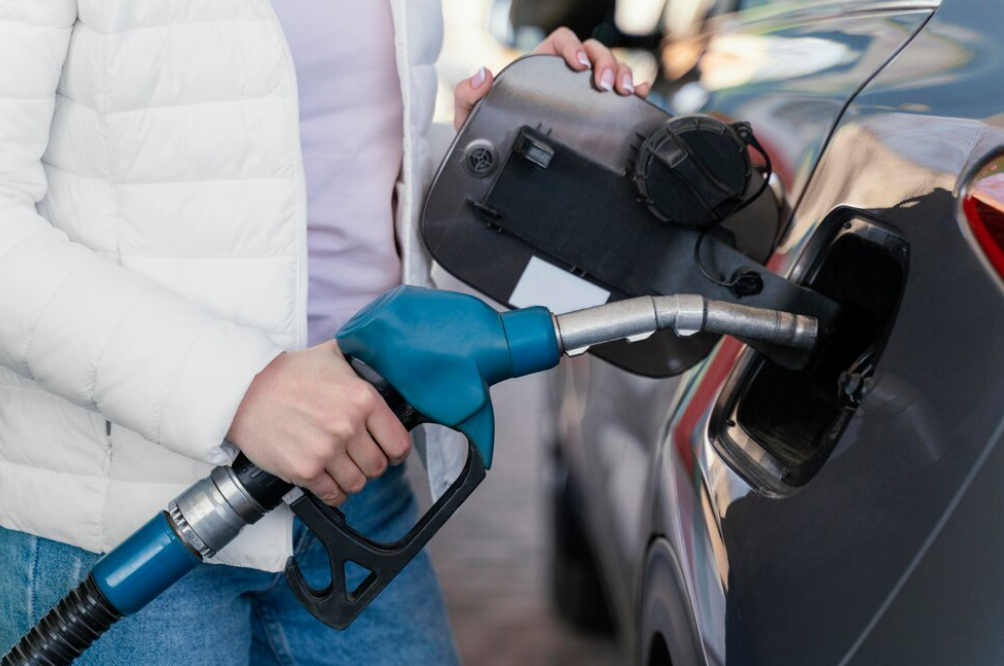
How Long is Gasoline Flammable on Clothing?
Gasoline-soaked clothing can stay flammable for extended periods, influenced by the material’s absorbency and surrounding conditions. Complete vaporization might take up to a day. It’s vital to remove such clothing quickly and wash it in a well-ventilated space to minimize fire risks. Avoid using a tumble dryer for these items, as the combustion risk is significant.
Is Gasoline Flammable When Mixed with Water?
When mixed with water, gasoline still poses a fire risk as it floats on the surface instead of mixing. This layer can ignite from a simple spark or flame. Effective handling and safe disposal of gasoline-contaminated water are crucial to prevent fires and environmental harm, adhering to environmental standards.
Conclusion
The flammability of spilled gasoline is influenced by multiple variables, making its ignition unpredictable. Recognizing these factors is crucial for homeowners, safety enthusiasts, and emergency responders in managing fire risks effectively. Swift and careful actions to control and neutralize spills are paramount, always considering the potential for ignition and prioritizing safety.
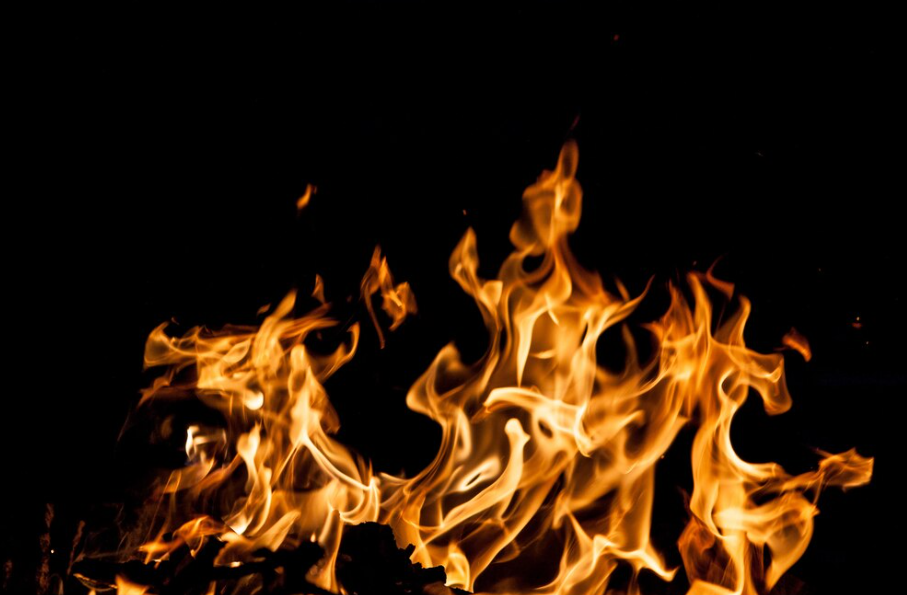
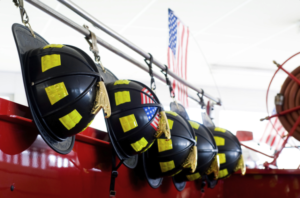

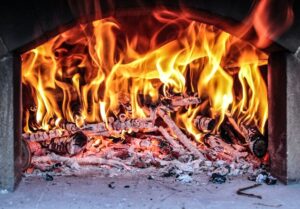
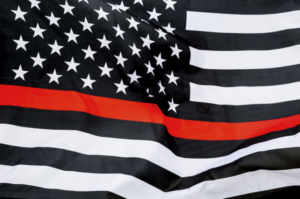

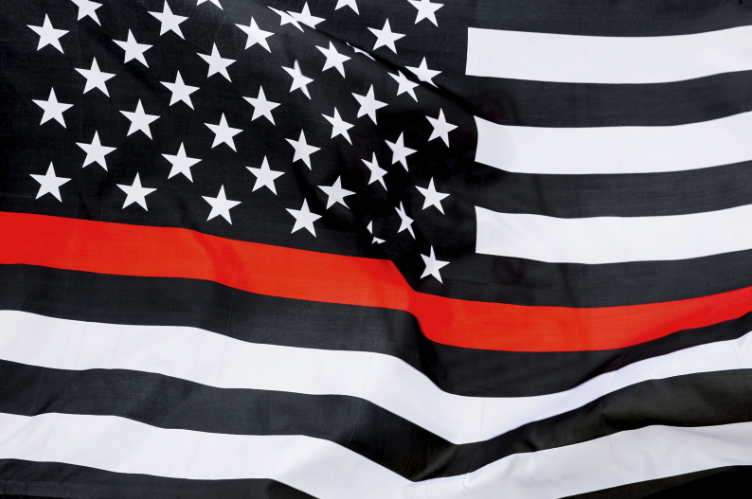
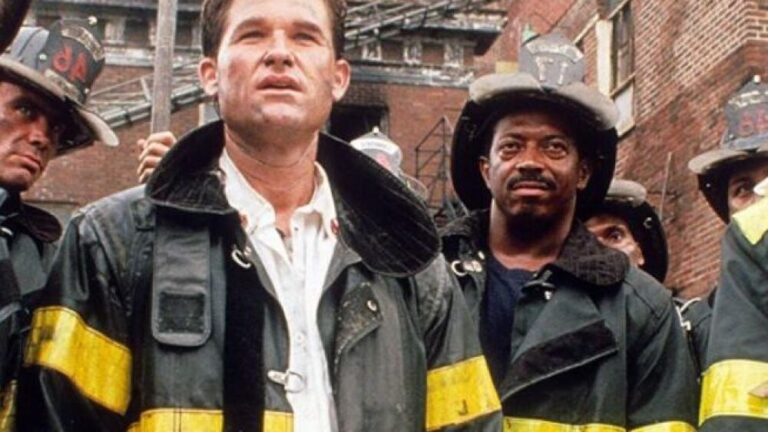
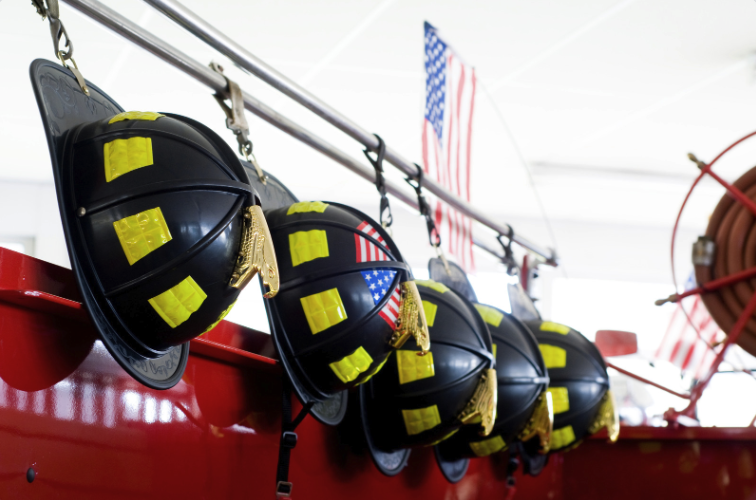
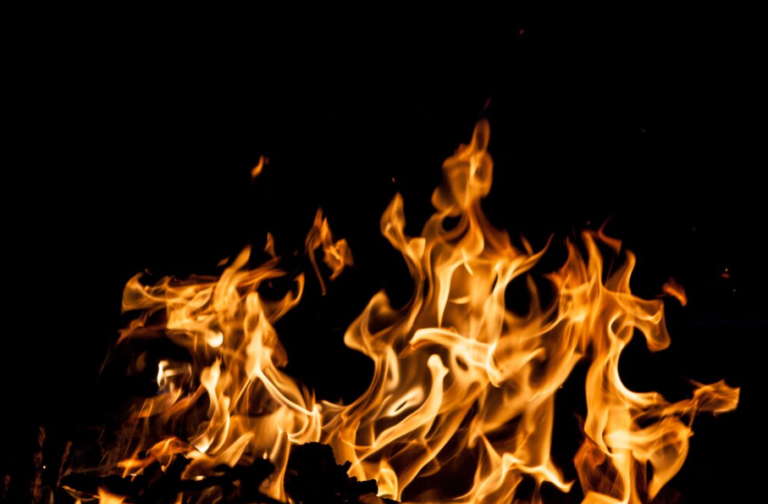
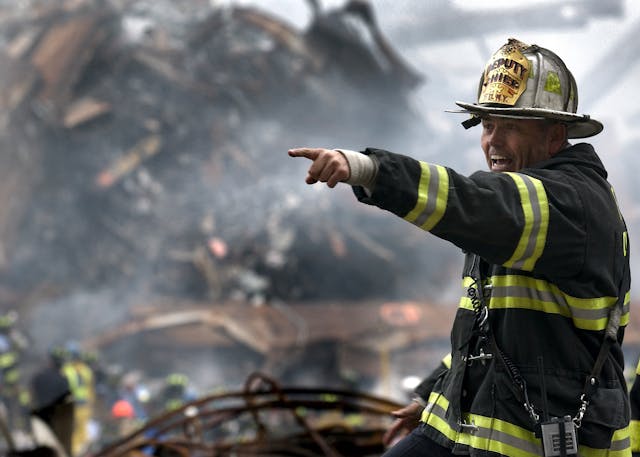
+ There are no comments
Add yours